The names for the meeting rooms and spaces in Temple Park Centre have been dedicated to women of influence in Sheffield and the Manor community.
Helen Sharman Hall
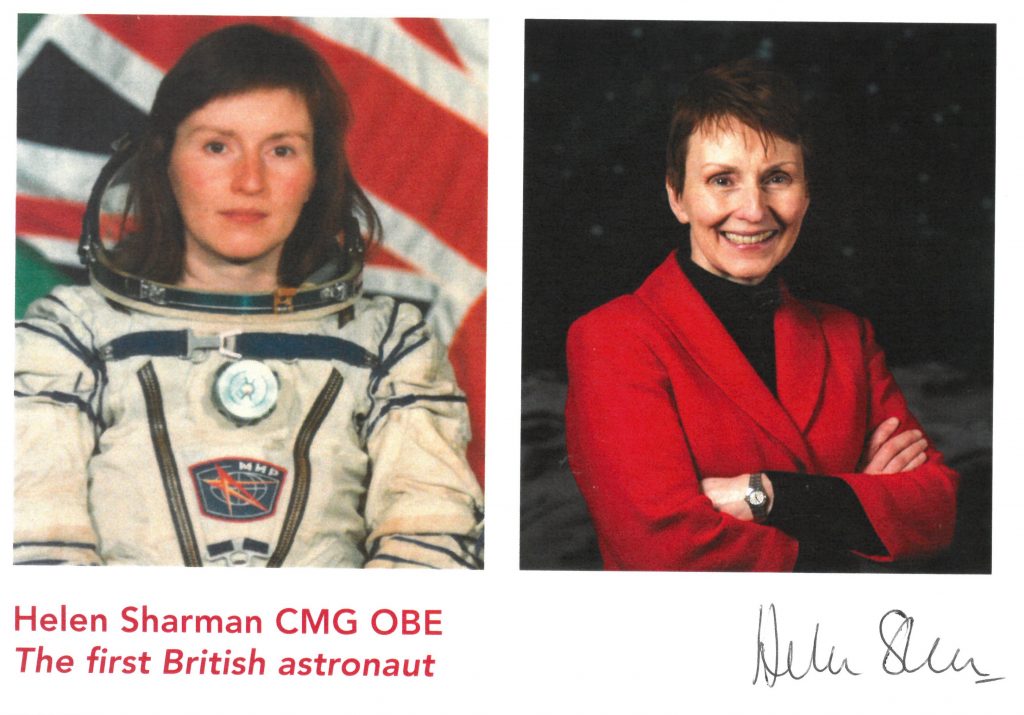
Helen Sharman (born 30 May, 1963, Sheffield, England) is a chemist and astronaut who was the first British citizen to go into space, participating in a mission to the Soviet modular space station Mir in May 1991.
Helen was born in Grenoside, Sheffield, where she attended Grenoside Junior and Infant School, later moving to Greenhill. After studying at Jordanthorpe Comprehensive, she received a bachelor’s degree in chemistry from the University of Sheffield in 1984, then a doctorate from Birkbeck College, London. She worked first as an engineer in London and then as a chemist for Mars Confectionery Ltd.
In November 1989 Helen responded to a radio advertisement for astronauts, and was selected from more than 13,000 applicants to be part of Project Juno, a commercial British cosmonaut mission. She underwent 18 months of rigorous training at the Yuri Gagarin Cosmonaut Training Centre at Star City, Russia.
She finally launched into space on 18 May, 1991, as a research cosmonaut on board Soyuz TM-12, along with two Soviet cosmonauts, commander Anatoly Artsebarsky and flight engineer Sergei Krikalyov, TM-12 docked with the space station Mir on 20 May. The mission lasted nearly eight days, during which time Helen conducted medical and agricultural tests. She also communicated with British schoolchildren on the radio. She returned to Earth aboard Soyuz TM-11 on 26 May.
Helen Sharman was made an Officer of the Order of the British Empire (OBE) in 1992.
Mary Hutton Room
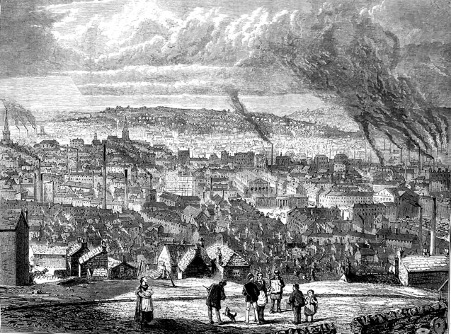
Mary Hutton (1794-1859)
Mary Hutton was a 19th century working class housewife poet who wrote about life on the Manor. Mary was born in Wakefield in 1794 but moved to Sheffield as a young woman where she married a poor pen knife cutler who suffered from ill health.
Her poetry earned her enough money to live, but by writing about the hardships and injustices of everyday life, she helped pave the way for political reform. In her book Cottage Tales and Poems, she wrote about the practice of child slave labour:
…Behold yon child of pains;
Yon shivering, wretched, helpless child,
On whom contentment never smil'd;
Compelled to brave the winter wild,
And wander through the snow.
Mary Hutton used her poetry to bring to the attention of a wider audience the impact of the 1826-1837 cholera pandemic and the Poor Law Amendment Act of 1834. She died in Shrewsbury Hospital on Norfolk Road in 1859.
The 1994 Room
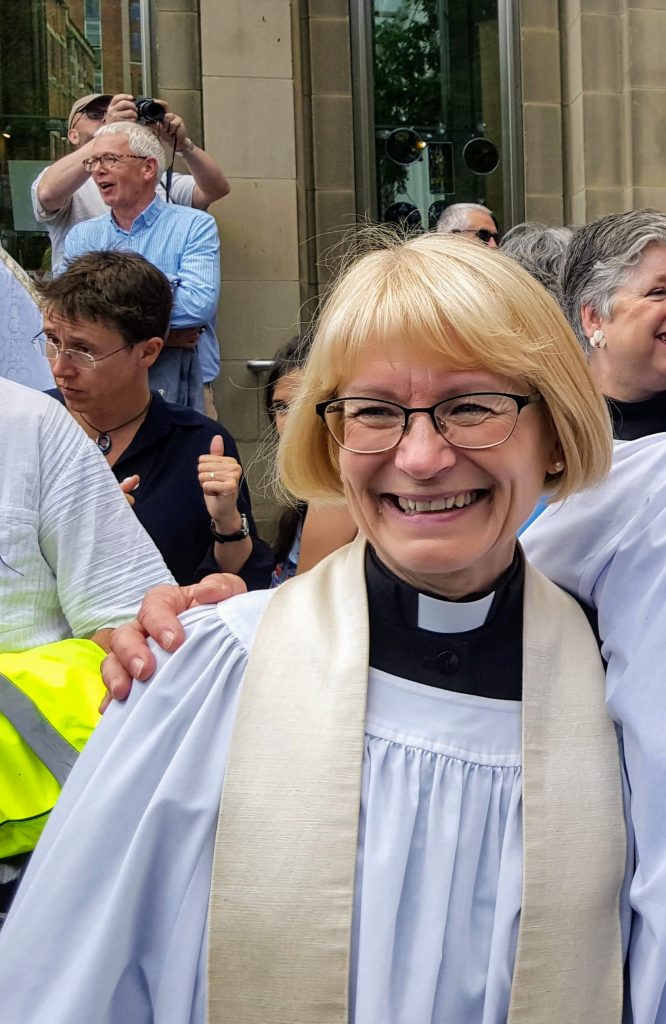
This room celebrates the women of the 20th century who challenged the assumption that only men could become priests.
The Manor Church and Community Project - the group which oversaw the refurbishment of this building and reimagined its use for the community - is an ecumenical project. This means Methodists, the United Reformed Church and the Church of England have all dedicated resources to make this partnership happen.
In this country, one of the denominations that became the United Reformed Church ordained their first woman in 1917. The Methodists ordained women for the first time in the 1970s. In the Church of England, women were ordained as priests in 1994. The Diocese of Sheffield was the first diocese to ordain women priests in the north of England.
Revd Julie Upton was Team Rector of the Manor Parish from 2010 to 2020. This room is called the 1994 Room to thank Julie for her work as one of the founding trustees of the Manor Church and Community Project.
Julie recalls the day of her ordination…
‘I was ordained Priest on the 21st May, 1994, in Southwark Cathedral and it was such a day of celebration after all the waiting. When I started my training for ministry, my parish priest at the time gave me a book with a quote written in it from Philippians 1 v 6: “He who began the good work in you will carry it on to completion.” I had a real sense, on that day, that this was indeed in progress and that a new journey was just beginning!’
Pat Midgley Room
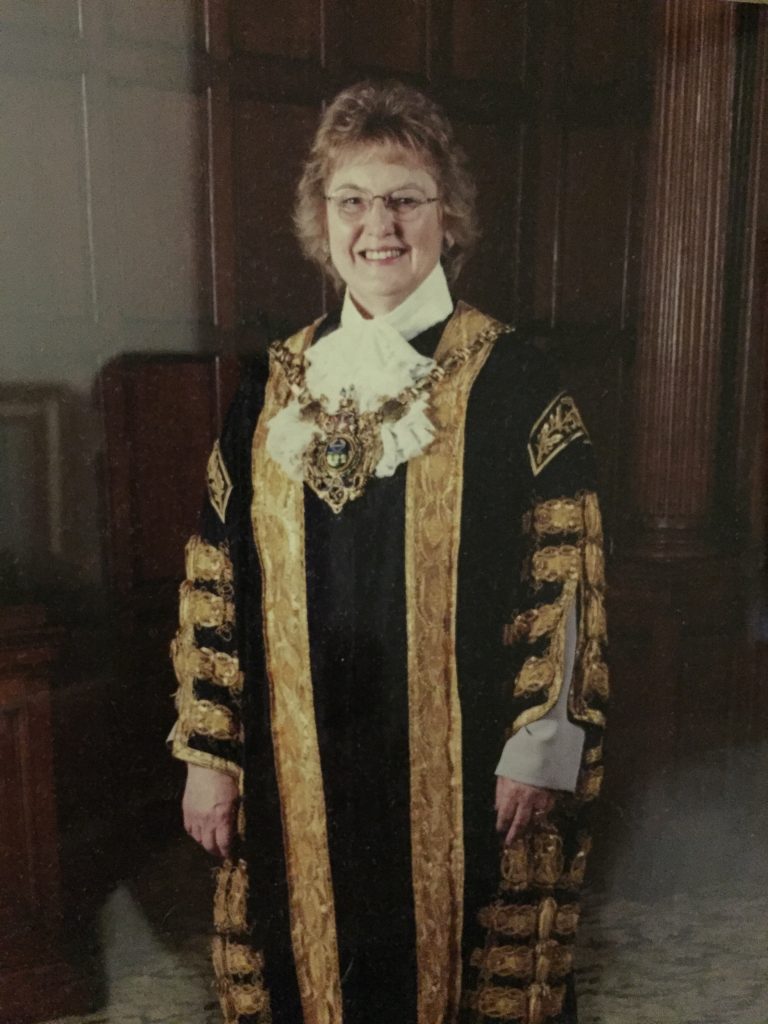
Pat Midgley (1937-2020)
Pat served as local Councillor in Sheffield for 33 years, firstly elected as Councillor for the Nether Edge and Sharrow Ward in 1987, then serving the Manor Castle Ward from 1995 till her death from Covid-19 in 2020. Pat served as Lord Mayor of Sheffield from 2000-2001.
Pat, a member of the Victoria Methodist Church on Stafford Road, had a lifelong passion for improving education, serving as a school governor for over 50 years.
Pat was a dedicated community champion and a principled councillor of great integrity who always put the needs of others before any personal advantage. As Councillor she was there to serve the community.
Pat served as a Trustee of the S2 Food Poverty Network and was great supporter of the Manor Church and Community Project.
Dot Slingsby Room
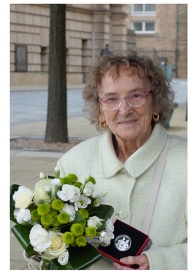
Dot Slingsby (1922-2016)
Dot grew up in the village of Beighton. She attended Beighton School and wanted to become a midwife, but due to her father’s ill health she had to start work at 14 to support her family. In 1940 she was conscripted into the steelworks and became a crane driver. She loved to talk about that experience and how much she enjoyed doing a man’s job during World War II.
Dot moved to Manor Park with her family in 1951, and became well known in the community. She was an active member of William Temple Church (now Temple Park Centre) and was known across the Manor Estate for her volunteer work, even into her 90s. Some got to know her at youth group or luncheon clubs, others through Manor Tenants and Residents’ Association (TARA) or Manor Assembly. Local people knew her and valued her care, dedication and commitment.
Dot was awarded the Sheffield City Council’s Lifetime Achievement Award in 2010 for services to the Manor Community.
Dot was proud to be one of Sheffield’s women of steel. She campaigned for recognition for this - together with three other survivors - and gained it, when the Women of Steel statue was unveiled outside Sheffield City Hall. She literally danced in the street at the celebration in June 2016. Dot loved her family and her community, and was a great champion and supporter of the Manor Church and Community Project from its initial vision onwards.
